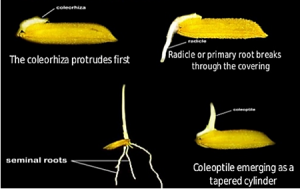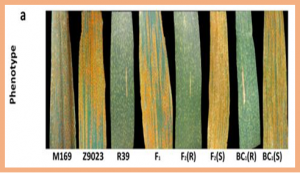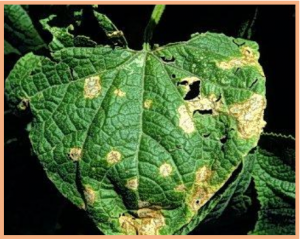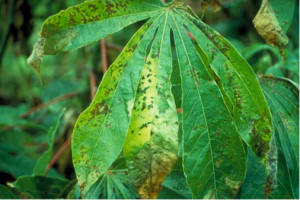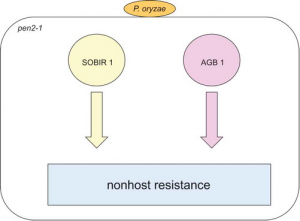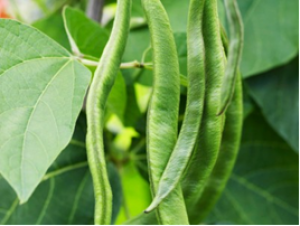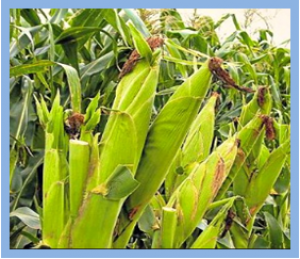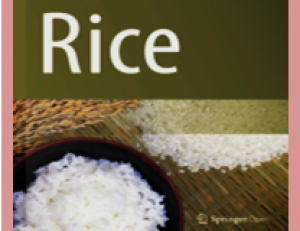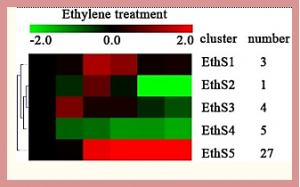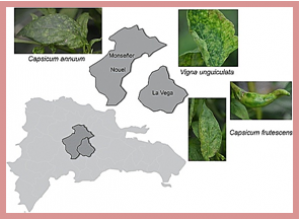Seed vigour is an imperative trait for the direct seeding of rice. Isopropylmalate synthase (IPMS) catalyses the committed step of leucine (Leu) biosynthesis, but its effect on seed vigour remains unclear. In this study, rice OsIPMS1 and OsIPMS2 was cloned, and the roles of OsIPMS1 in seed vigour were mainly investigated. OsIPMS1 and OsIPMS2 catalyse Leu biosynthesis, and Leu feedback inhibits their IPMS activities. Disruption of OsIPMS1 resulted in low seed vigour under various conditions, which might be tightly associated with the reduction of amino acids in germinating seeds.
Conventional gene mapping methods to identify genes associated with important agronomic traits require significant amounts of financial support and time. Here, a single nucleotide polymorphism (SNP)-based mapping approach, RNA-Seq and SNP array assisted super pooling analysis, was used for rapid mining of a candidate genomic region for stripe rust resistance gene Yr26 that has been widely used in wheat breeding programs in China.
Colletotrichum orbiculare is a hemibiotrophic fungal pathogen that causes anthracnose disease in cucumber and other cucurbit crops. No host resistance genes against the anthracnose pathogens have been cloned in crop plants. Here, we reported fine mapping and cloning of a resistance gene to the race 1 anthracnose pathogen in cucumber inbred lines Gy14 and WI 2757. Phenotypic and QTL analysis in multiple populations revealed that a single recessive gene, cla, was underlying anthracnose resistance in both lines,
MeCIPK23 interacts with MeCBL1/9, and they confer improved defense response, providing potential genes for further genetic breeding in cassava. Cassava (Manihot esculenta) is an important food crop in tropical area, but its production is largely affected by cassava bacterial blight. However, the information of defense-related genes in cassava is very limited. Calcium ions play essential roles in plant development and stress signaling pathways.
Rice blast caused by Pyricularia oryzae (syn. Magnaporthe oryzae) is a disease devastating to rice. We have studied the Arabidopsis-P. oryzae pathosystem as a model system for nonhost resistance (NHR) and found that SOBIR1, but not BAK1, is a positive regulator of NHR to P. oryzae in Arabidopsis. AGB1 is also involved in NHR. However, the genetic interactions between SOBIR1, BAK1, and AGB1 are uncharacterized.
Common bean ( L.) is the most important grain legume for human consumption and is a major nutrition source in the tropics. Because bean production is reduced by both abiotic and biotic constraints, current breeding efforts are focused on the development of improved varieties with tolerance to these stresses. We characterized materials from different breeding programs spanning three continents to understand their sequence diversity and advance the development of molecular breeding tools.
Nucleotide-binding site-leucine-rich repeat (NBS-LRR) domain proteins are immune sensors and play critical roles in plant disease resistance. In this study, we cloned and characterized a novel NBS-LRR gene ZmNBS25 in maize. We found that ZmNBS25 could response to pathogen inoculation and salicylic acid (SA) treatment in maize, and transient overexpression of ZmNBS25 induced a hypersensitive response in tobacco. High-performance liquid chromatography (HPLC) analysis showed that, compared to control plants, ZmNBS25 overexpression (ZmNBS25-OE) in Arabidopsis and rice resulted in higher SA levels.
Rice, a major food crop of the world, endures many major biotic stresses like bacterial blight (BB), fungal blast (BL) and the insect Asian rice gall midge (GM) that cause significant yield losses. Progress in tagging, mapping and cloning of several resistance (R) genes against aforesaid stresses has led to marker assisted multigene introgression into elite cultivars for multiple and durable resistance. However, no detailed study has been made on possible interactions among these genes when expressed simultaneously under combined stresses.
Glutathione S-transferases (GSTs) have been reported to regulate the plant tolerance to environmental stresses. Many plant GSTs exhibited the roles on promoting tolerance to drought stress, oxidative stress and plant hormones. The biological function of GSTs has been well characterized in Arabidopsis thaliana in response to exogenous environmental stresses. However, their regulation function under exogenous environmental stresses regulating leaf abscission in cassava (Manihot esculenta Crantz) remained unknown.
The Tomato chlorotic spot virus (TCSV) was first reported in the 1980s, having its occurrence limited to Brazil and Argentina. Due to an apparent mild severity in the past, molecular studies concerning TCSV were neglected. However, TCSV has disseminated over the USA and Caribbean countries. In Dominican Republic TCSV has been recently reported on important cultivated crops such as pepper and beans.


 Curently online :
Curently online :
 Total visitors :
Total visitors :
